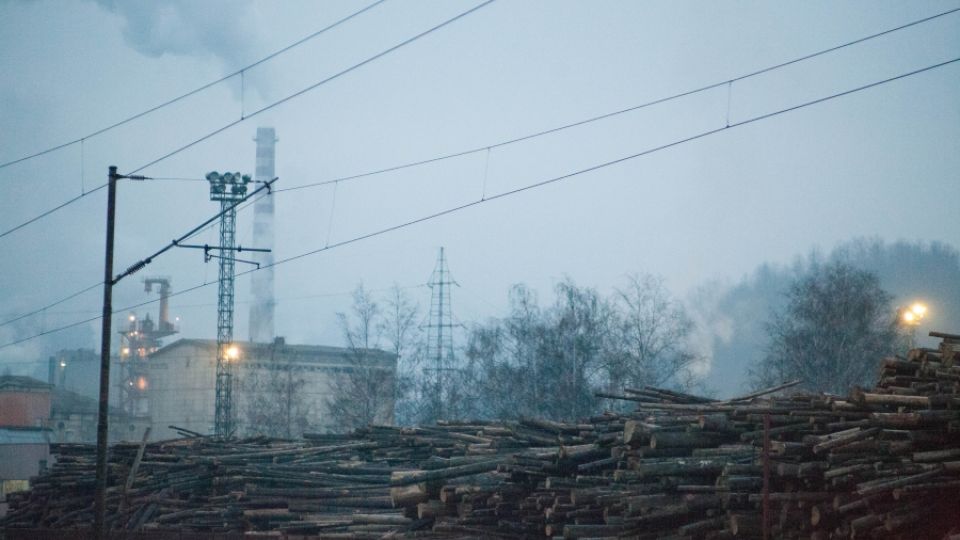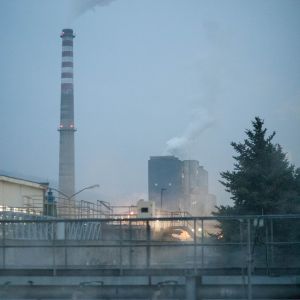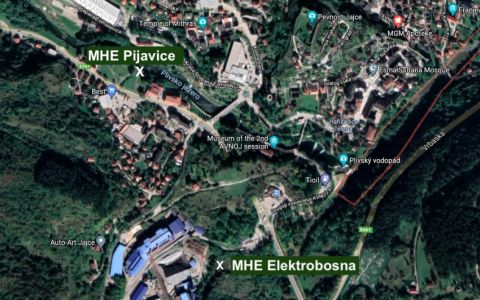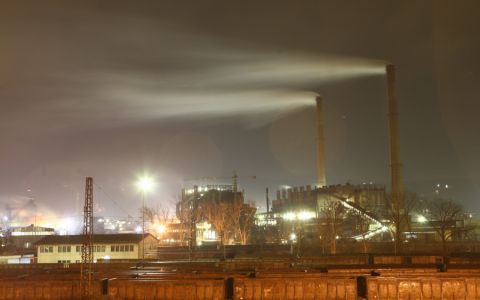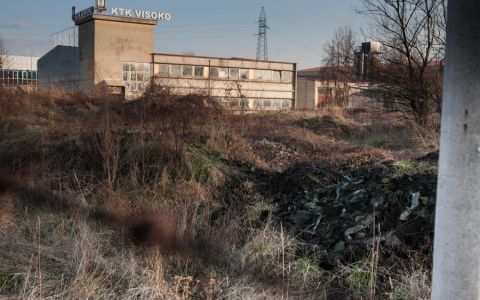Factory operated by Natron company is the source of stink and might also pollute the water sources.
Natron-Hayat company is located in Maglaj in the northern part of B&H around 100 km north from Sarajevo. Natron company was found in 1956 and already back in their early years, the production process was similar to the one of the leaders in this industry which were located in western Europe mostly. Natron was one of the leargest producers of kraft paper and packaging materials in the region and one of the largest in Europe before war in Bosnia. In 2005, a joing-venture has been signed between Hayat group and Natron Maglaj and Natron-Hayat company was created.
Production process is integrated and includes production of electric power, industrial water and steam, production of sulphate pulp, kraft paper and modern packaging and cultivation of coniferous woods. In the cellulose and paper industry, large amount of water is used which enables the production, but releases the industrial wastewater and loads of contaminants. These affect the quality of water and the environment surrounding the factory. These contaminated waters contain a large sulphate concentration, phenol and other chemicals (small parts of tree crust and wood, cellulose fibers and dissolved lignin from the wood. Although some steps to the treatment of the wastewater from the cellulose and paper production and creation of the wastewater disposal project were done in 2007, a group of fisherman noted large amount of white foam on the Bosna river in 2011, the water was visibly polluted.
Two main environmental consequences of cellulose production influence the reduction of woods and forests and the origin of waste matters. When the paper is bleached with elemental chlorine (also sometimes in the bleaching with hypochlorite) are formed as byproducts of highly toxic compounds, e.g. chlorinated dioxins and furans.
There are two types of waste resulting from wood production:
Uncontaminated wood waste - the amount depending on the volume of wood. Arises when each processing step includes wood shavings and wood chips, sawdust, bark, pieces of lumber processing waste, wood shavings, scrap plywood etc. The main form of utilization of wood waste incineration is on the premises and households.
Contaminated wood waste - with regard to harmful effects (toxicity), may be substances for wood protection divided into two groups:
- Substances containing soluble inorganic salts (most damaging compounds copper, chromium, zinc)
- Oily substance containing organic active ingredients, solvents, oil, tar.



